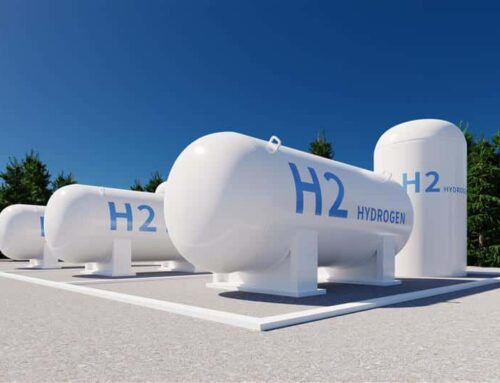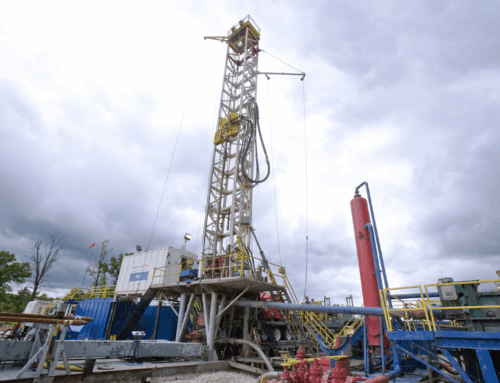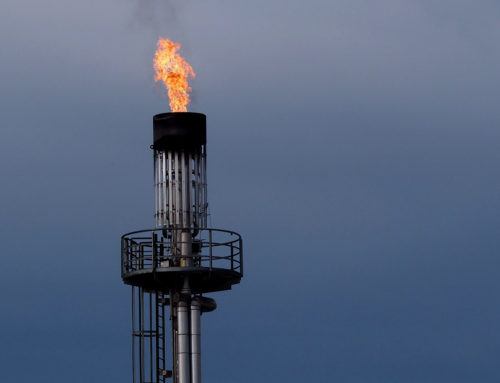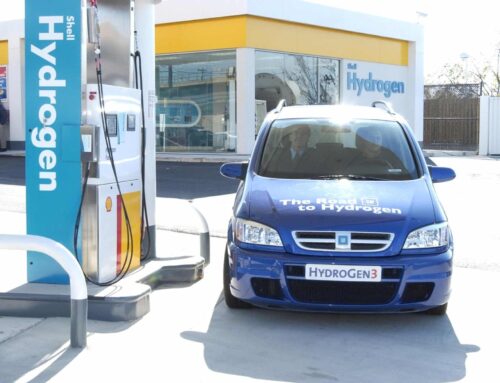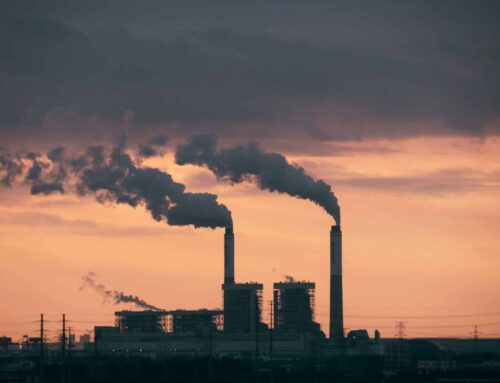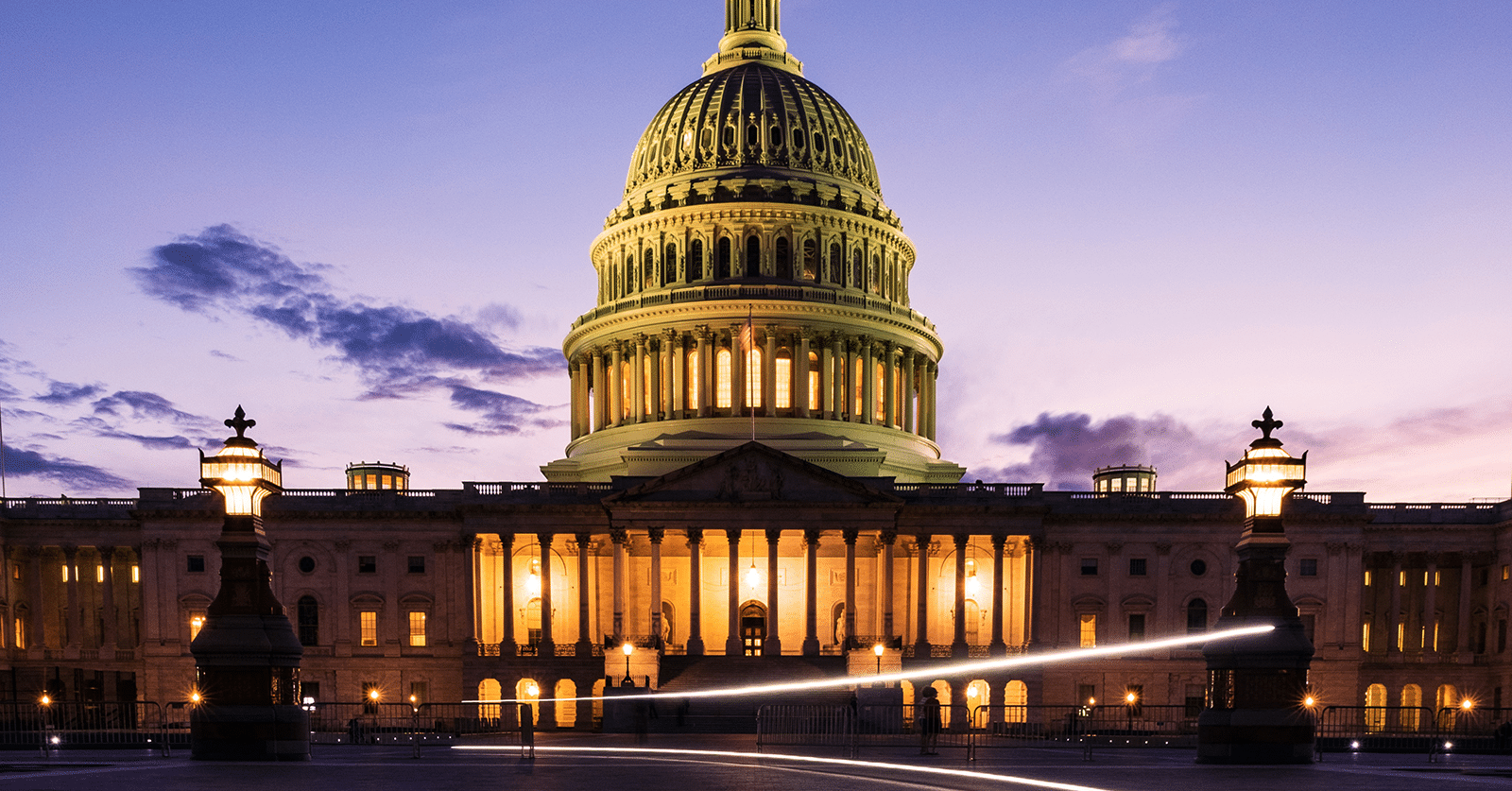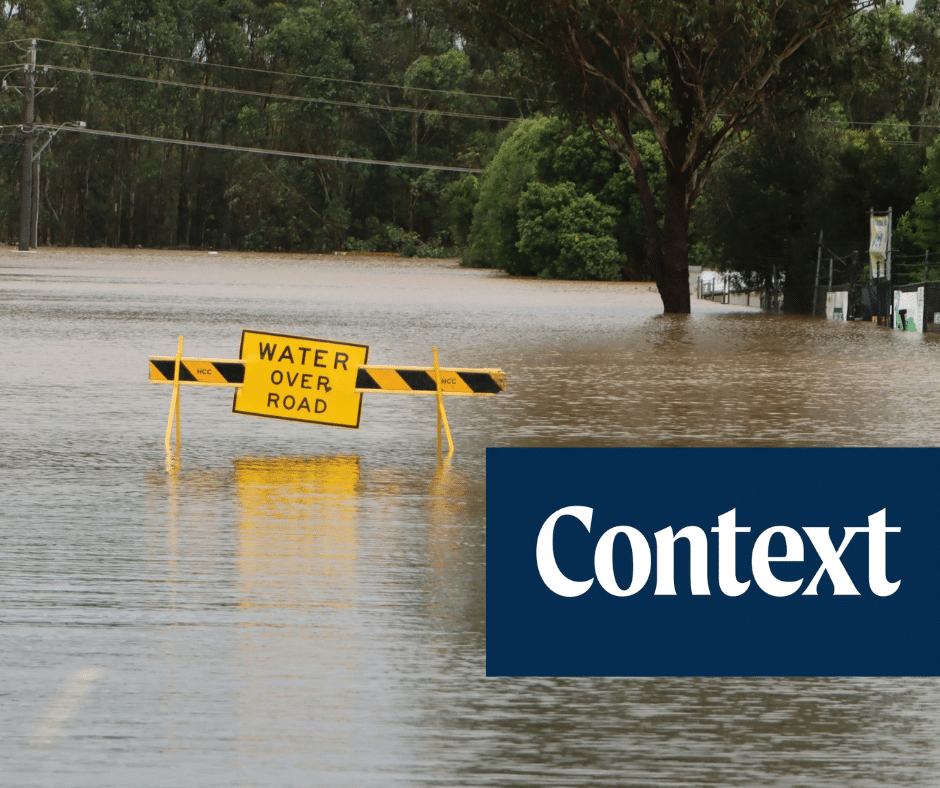Over seven years ago, Congress mandated two federal oil and gas lease sales in Alaska’s Arctic National Wildlife Refuge in their FY2018 budget reconciliation package—known as the Tax Cuts and Jobs Act (TCJA). Now, two failed leases sales later, Congress is proposing to do it again.
The Arctic National Wildlife Refuge (ANWR), established in 1960 under President Dwight Eisenhower, is in the far reaches of remote northeastern Alaska. The FY2025 reconciliation bill passed by the House, known as the One Big Beautiful Bill, would require four new oil and gas lease sales in ANWR over the next ten years, with each sale offering no fewer than 400,000 acres. The provision was proposed in the House Natural Resources Committee’s draft text, approved by the committee on May 6, and passed by the House unchanged on May 22.
As in previous sales, half of all revenue generated from the leasing program from fiscal year (FY) 2025 to 2034 would be split evenly between the federal government and the State of Alaska. However, beginning in FY2035, that distribution would shift dramatically: 90% of the revenue would go to Alaska, with just 10% returning to the federal treasury.
Some policymakers claim this provision will raise nearly a billion dollars over the next ten years. But we’ve seen this story unfold before.
For decades, policymakers have debated whether to allow drilling for oil and gas in the Arctic Refuge’s 1.56-million-acre Coastal Plain, also known as the 1002 area. The area could only be leased for development with explicit congressional authorization. In 2017, Congress authorized this provision as a revenue raiser to bring in $2 billion in new federal and state revenue to help offset the cost of that year’s reconciliation bill.
Specifically, the 2017 authorization directed the Bureau of Land Management (BLM) to establish an oil and gas leasing program in the Coastal Plain and required two lease sales within seven years, each offering at least 400,000 acres. The sale was projected by some to generate almost $1 billion in federal revenue to offset the legislation’s $1.9 trillion price tag — the results of the two mandated lease sales have proven this revenue estimate to be comically optimistic.
The first lease sale, held in January 2021, brought in just $16.5 million, less than 1% of what the Congressional Budget Office (CBO), Congress’s nonpartisan scorekeeper, estimated. Most leases were purchased by the Alaska Industrial Development and Export Authority (AIDEA), a public corporation of the State of Alaska. Only two private companies—Knik Arm Services LLC and Regenerate Alaska—participated, and both ultimately relinquished their leases. The second lease sale, held in January 2025, attracted no bidders and generated no revenue.
Shockingly, the CBO estimates that the mandated lease sales in the current reconciliation bill would generate $946 million in revenue for federal taxpayers over the next ten years, from FY2025 to 2034.
But history has taught us better. CBO failed to accurately gauge industry interest for the first and second ANWR lease sales—a prediction TCS made at the very beginning. Based on the 20-year average bid levels for state and federal leases on Alaska’s North Slope region, we now project that—even under ideal conditions—future ANWR lease sales are likely to generate between just $3 and $30 million in federal revenue.
The bill would also require BLM to immediately re-offer the Coastal Plain tracts that received valid bids during the January 6, 2021 auction—except those where leases were issued and subsequently relinquished. This provision effectively mandates that the BLM re-offer the 366,000 acres previously leased by the Alaska Industrial Development and Export Authority (AIDEA) and rescinded in 2024, in addition to holding four new lease sales.
Federal lease sales in the Arctic Refuge have not and will not be a credible fiscal offset for budget reconciliation for the foreseeable future. For the program to generate meaningful revenue, it would require far higher bids than have been seen on nearby federal and state lands in the past two decades. Moreover, drilling in ANWR carries serious ecological and economic risks. The region is home to sensitive and irreplaceable wildlife habitats—including calving grounds for caribou, nesting sites for migratory birds, and waters supporting Arctic char and Dolly Varden trout—all of which underpin Alaska’s outdoor recreation industry.
Congress needs real budget solutions, not more fiscal delusions that threaten our public lands.
- Photo by David Frankel on Unsplash

